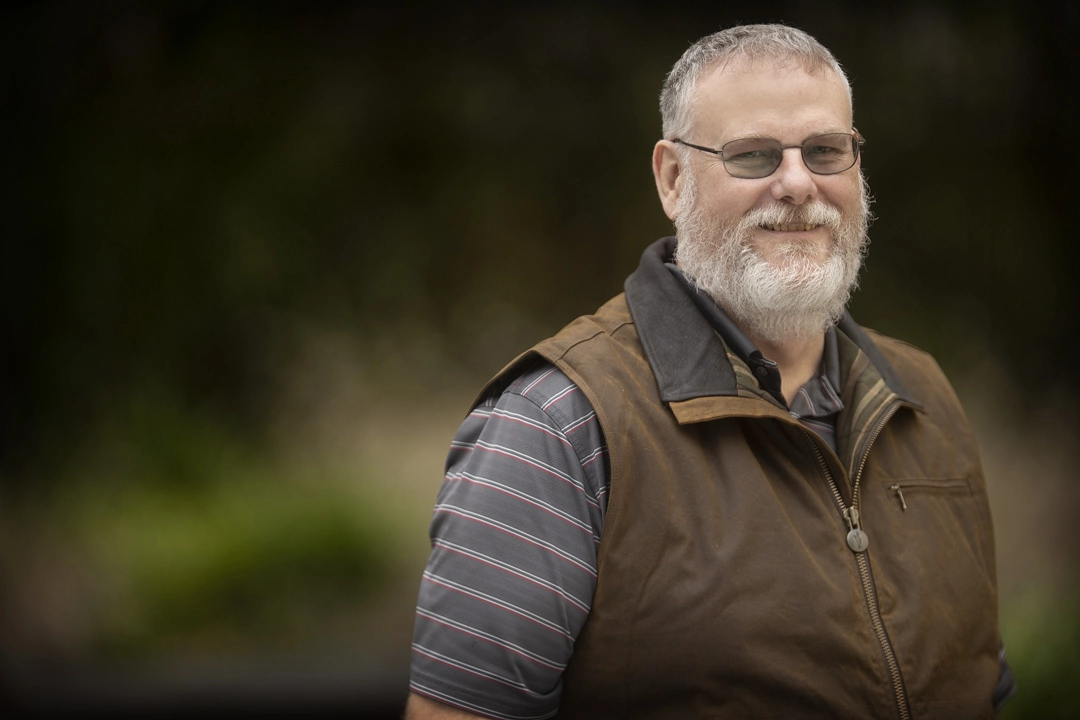- Molecular physiology and neurobiology
Colorado State University, 1991
Molecular Scaffolds
Efficient cell signaling requires the precise assembly of proteins involved in generating, receiving, and modulating signals. Construction of these signal protein assemblies into functional arrays is largely the function of cytoskeletal proteins often referred to as scaffolding proteins. The protein scaffolds not only anchor signaling proteins in specific subcellular compartments but can also bring together many interdependent proteins and thereby facilitate signaling. Scaffolding complexes are important for the organization of ion channels and receptors as well as second messenger proteins such as kinases, phosphatases, and nitric oxide synthase.
My research is focused on investigating the function of the dystrophin based scaffolding complex in muscle and brain. Dystrophin is the protein product of the Duchenne Muscular Dystrophy (DMD) locus. Mutations in the gene encoding dystrophin can cause both DMD and the less severe Becker Muscular Dystrophy. Both are progressive muscle wasting diseases that primarily affect skeletal muscle. Dystrophin structurally links the intracellular cytoskeleton to the extracellular matrix thereby stabilizing the plasma membrane during muscle contraction or extension. Dystrophin also serves as a scaffold for proteins involved in signaling. This scaffolding function is in large part mediated by the protein, syntrophin that acts as a linker that connects signaling proteins to dystrophin. Syntrophin binds directly to dystrophin and simultaneously to protein kinases, ion channels, water channels, or nitric oxide synthase. I have constructed and used mouse models lacking syntrophin or specific domains of syntrophin to study the function of this scaffolding complex in vivo. These models have proven useful for many studies that define the role of dystrophin/syntrophin scaffold in muscular dystrophy, stroke and brain edema, localization and function of nNOS in skeletal muscle, ion channel scaffolding and neuromuscular synapse formation. Although the dystrophin/syntrophin scaffold was originally investigated due to its involvement in muscular dystrophy, variations of the complex are present in most cell types. Current research efforts are directed toward understanding the function of the dystrophin/syntrophin scaffold in non-muscle tissues and in cardiac and smooth muscle.
